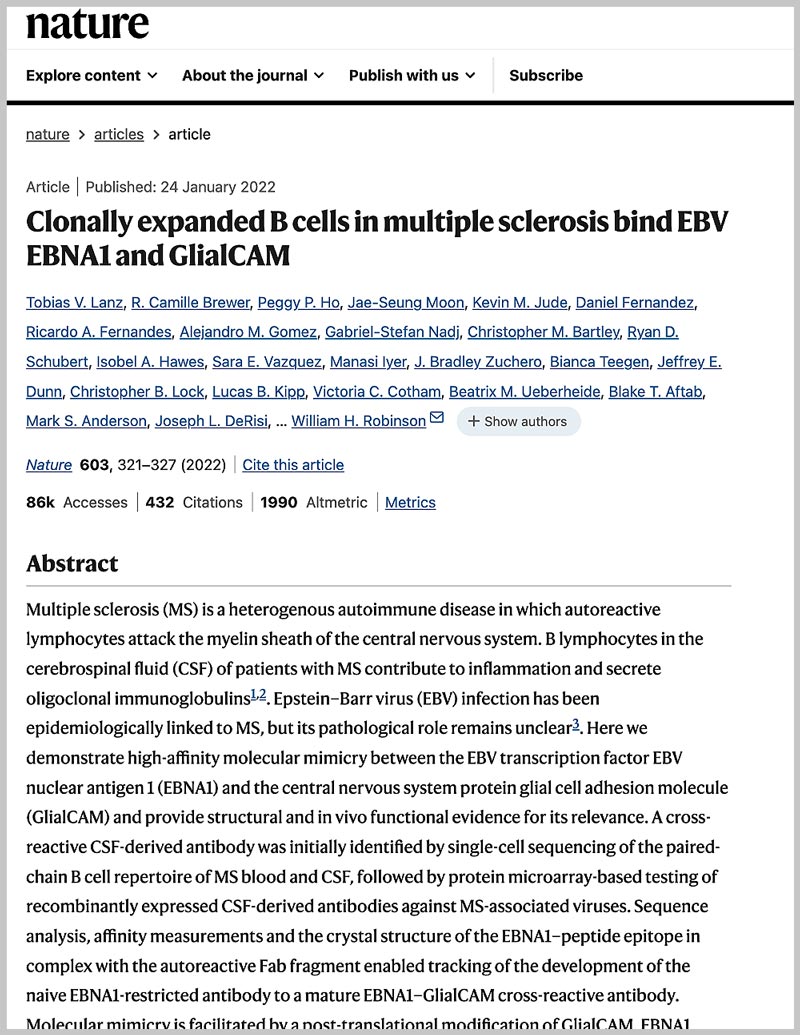- Follow Us
CDI Labs Services for
Neurological Disease
CDI Labs platforms guide the development of new therapies.
REQUEST INFOIdentify Novel Targets and Pathways
Autoantibodies can play a significant role in neurological diseases, contributing to various autoimmune disorders that affect the central nervous system. In these conditions, the immune system mistakenly targets components of the nervous system, leading to inflammation, tissue damage, and neurological symptoms. Conditions for which autoantibodies have been indicated as a causal factor include, Autoimmune Encephalitis, Paraneoplastic Neurological Syndromes, Multiple Sclerosis, Guillain-Barré Syndrome and Chronic Inflammatory Demyelinating Polyneuropathy.
In addition to autoantibody seromics, CDI Labs products and services can also be used to identify novel targets and pathways (target identification) via applications such as protein-protein interaction studies. These approaches can lead to a better understanding of neurological diseases and potentially inform new therapeutics and treatments options.
In the featured publication below, HuProt™ microarray and VirScan® PhIP-Seq were used in the featured publication which demonstrated high-affinity molecular mimicry between the EBV transcription factor EBV nuclear antigen 1 (EBNA1) and the central nervous system protein glial cell adhesion molecule (GlialCAM) and provided structural and in vivo functional evidence for its relevance. The results provide a mechanistic link for the association between MS and EBV and could guide the development of new MS therapies.
Clonally expanded B cells in multiple sclerosis bind EBV EBNA1 and GlialCAM
Abstract
Multiple sclerosis (MS) is a heterogenous autoimmune disease in which autoreactive lymphocytes attack the myelin sheath of the central nervous system. B lymphocytes in the cerebrospinal fluid (CSF) of patients with MS contribute to inflammation and secrete oligoclonal immunoglobulins. Epstein–Barr virus (EBV) infection has been epidemiologically linked to MS, but its pathological role remains unclear. Here we demonstrate high-affinity molecular mimicry between the EBV transcription factor EBV nuclear antigen 1 (EBNA1) and the central nervous system protein glial cell adhesion molecule (GlialCAM) and provide structural and in vivo functional evidence for its relevance.
VIEW PAPER
